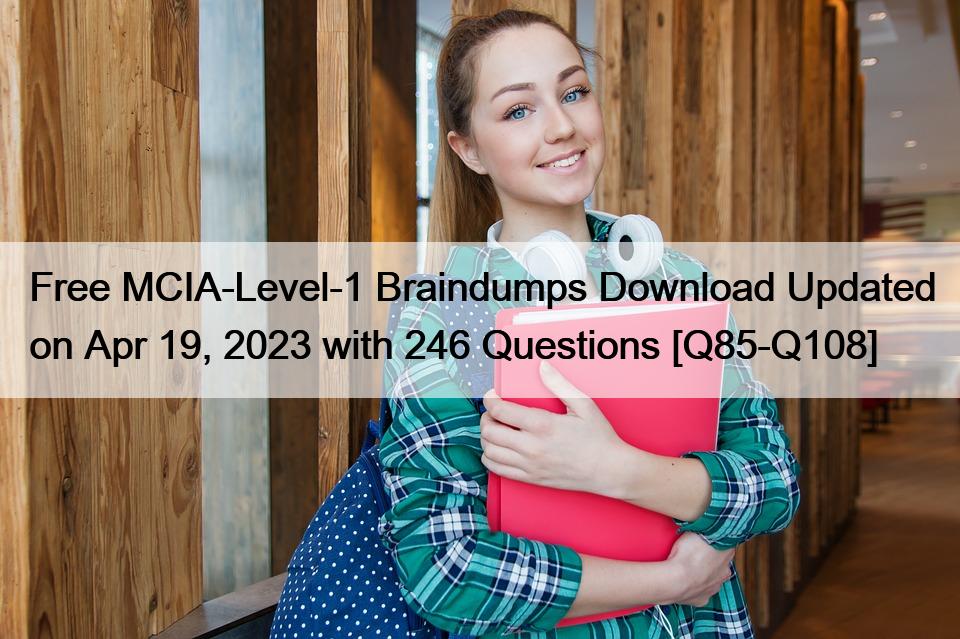Free MCIA-Level-1 Braindumps Download Updated on Apr 19, 2023 with 246 Questions
MuleSoft MCIA-Level-1 Exam Practice Test Questions
Updated Verified MCIA-Level-1 dumps Q&As – Pass Guarantee or Full Refund: https://www.validbraindumps.com/MCIA-Level-1-exam-prep.html






